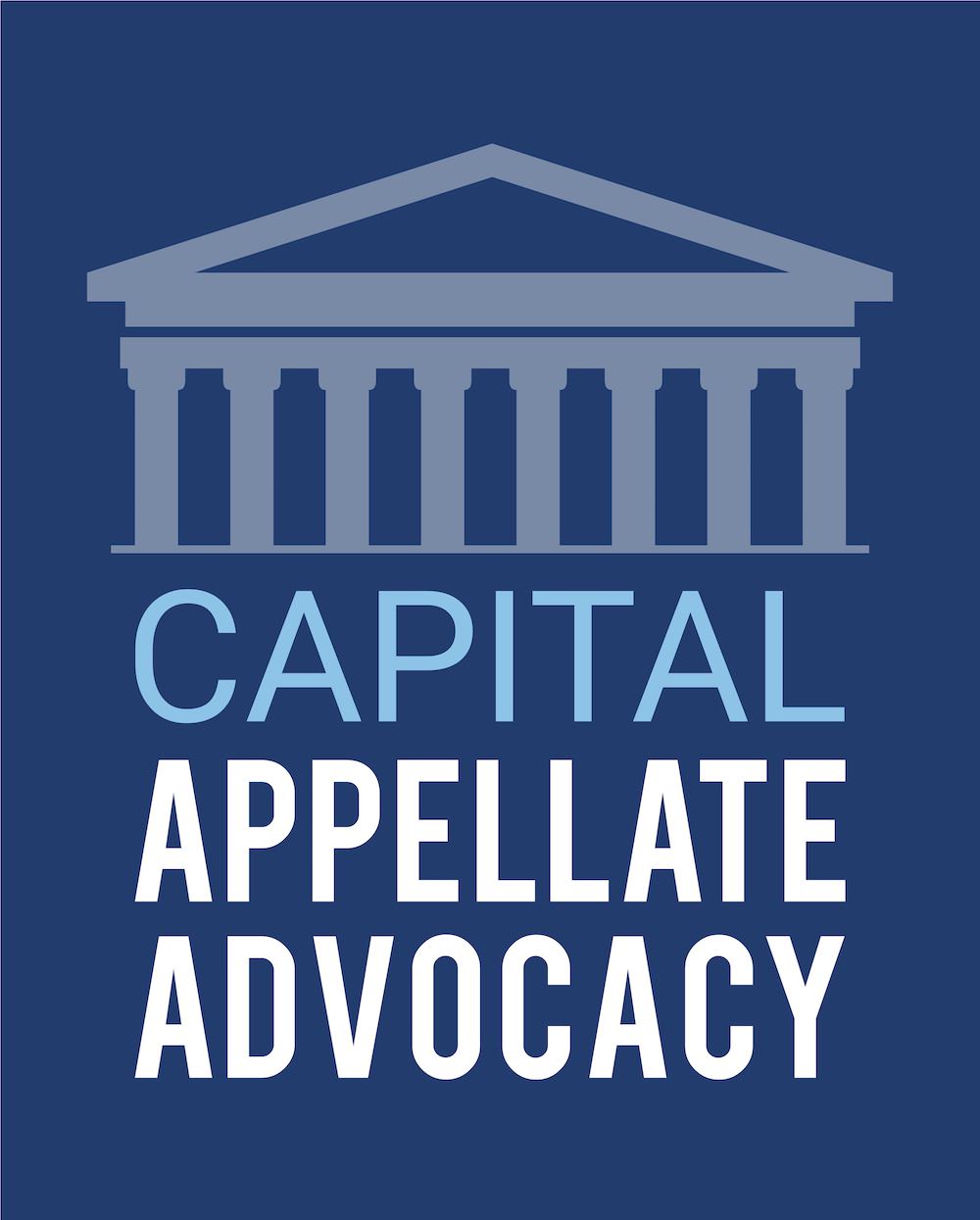Companies that do business in the United States continue to be justifiably concerned about the exploding number of onerous federal regulations that have been issued by Obama Administration departments and agencies. The Supreme Court’s March 9, 2015 decision in Perez v. Mortgage Bankers Association, No. 13-1041, unavoidably bolstered the Executive Branch’s seemingly free rein by holding that the federal Administrative Procedure Act (“APA”) means what it says: “Interpretive rules,” which include an agency’s interpretations of the statutes that it administers and regulations that it promulgates—unlike “legislative rules,” which are an agency’s duly promulgated regulations—are exempt from notice-and-comment rulemaking requirements. Thus, the Court held that a federal regulatory agency can completely reverse its own interpretation of its own regulations without opening up the process to public comment. Only Congress, not the courts, can change the APA to require prior notice and an opportunity for public comment when a federal agency wants to do a 180 on how it interprets one of its own longstanding regulations.
But there is more to Perez than Justice Sotomayor’s seemingly straightforward opinion. To understand the full implications of Perez, you need to read Justice Scalia’s and Justice Thomas’ separate opinions, which concur only in the Court’s judgment. Justice Scalia challenges the Court’s precedents that require judicial deference to an agency’s interpretations of its regulations. Justice Scalia’s point is that by affording judicial deference to a federal agency’s interpretative rules, they in effect function like binding, legislative rules, but unlike legislative rules, are not subject to notice-and-comment.
Justice Thomas agrees with Justice Scalia, but goes deeper. His opinion provides an excellent, historical discussion of the Constitution’s separation-of-powers and checks-and-balances. It then applies those constitutional pillars to the need for the Judicial Branch to serve as a “check” on the Executive Branch by not deferring to federal agency interpretations of their own regulations. To accomplish that, the Court would have to overturn precedents such as Auer v. Robbins, 519 U.S. 452 (1997), and Bowles v. Seminole Rock & Sand Co., 325 U.S. 410 (1945).

